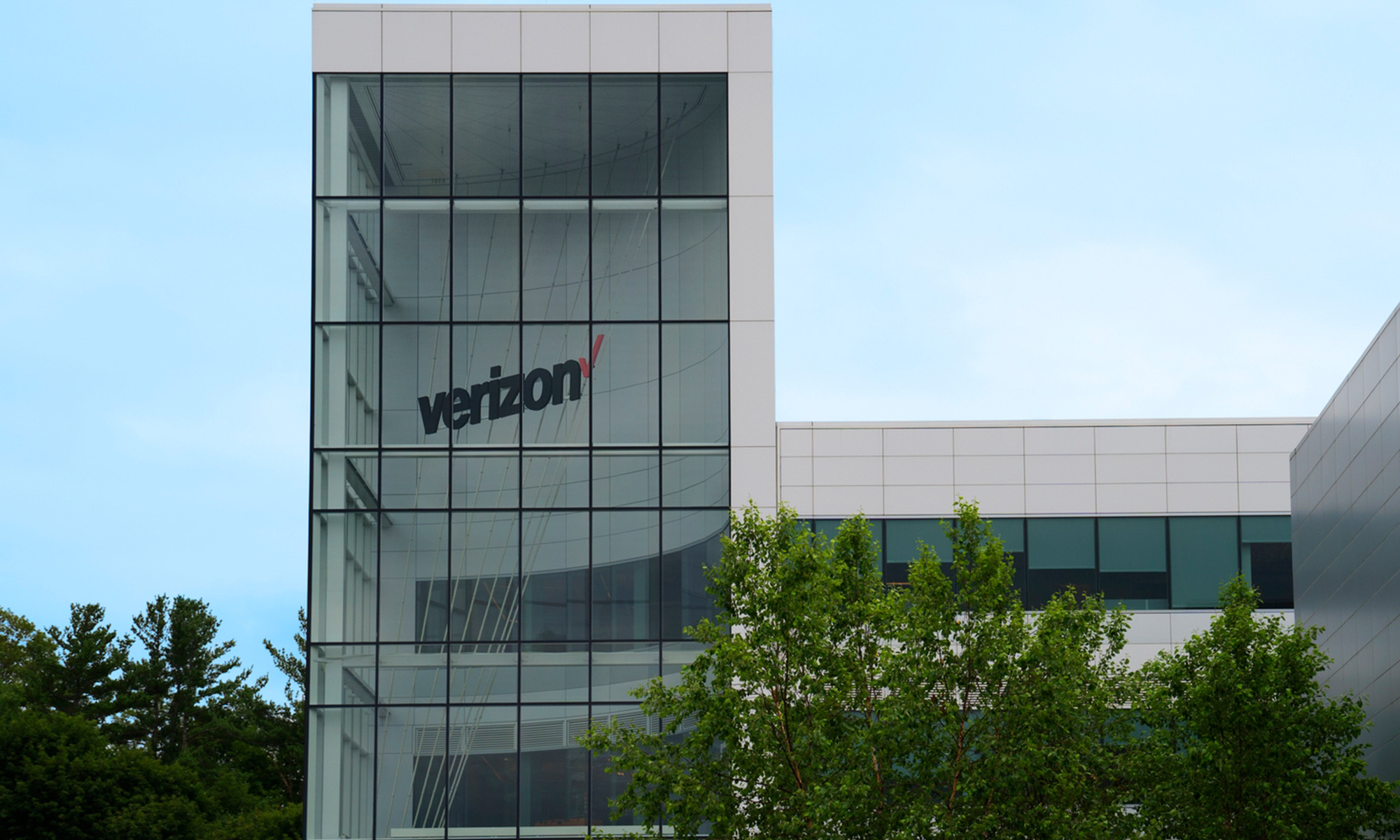
Verizon retail store. Image source: Verizon.
Telecommunications heavyweight Verizon Communications (VZ +0.54%) reported fiscal fourth-quarter earnings on Tuesday. Here's how Big Red fared in the final quarter of 2016.
Verizon Communications results: The raw numbers
|
Metric |
Q4 2016 |
Q4 2015 |
Year-Over-Year Change |
|---|---|---|---|
|
Total operating revenue |
$32.3 billion |
$34.2 billion |
(5.6%) |
|
Net income |
$4.6 billion |
$5.5 billion |
(16.6%) |
|
Adjusted EPS (non-GAAP) |
$0.86 |
$0.89 |
(3.3%) |
|
Total wireless retail connections* |
114.2 million |
112.1 million |
1.9% |
Data source: Verizon Communications. *Verizon does not report wholesale device or Internet of Things wireless connections.
What happened with Verizon this quarter?
- Verizon had 591,000 retail postpaid net additions in the fourth quarter. The carrier remains the top dog in retail postpaid subscribers, with 108.8 million connections. Retail prepaid connections were 5.4 million at year's end.
- Retail postpaid churn increased slightly by 14 basis points to 1.1%, largely driven by churn in tablets, while phone retention remained high.
- The ongoing transition away from subsidized phones toward installment plans continued, with two-thirds of postpaid phone customers now on non-subsidized pricing plans. At the end of 2016, 46% of postpaid phone customers are enrolled in a device payment plan.
- On the wireline side, Verizon added 68,000 Fios Internet connections and 21,000 Fios Video connections, and Verizon began offering fiber-based services in Boston during the quarter.
- Capital expenditures were $3.5 billion in the fourth quarter, and $11.2 billion for the full year.
- Total revenue for the full year was $126 billion.
- The company expects its acquisition of XO Communications, which was announced in February 2016, to close in the first quarter. The sale of data center assets to Equinix should close in the second quarter. Verizon says it is still working with Yahoo! to assess the impact of the data breaches that the latter has disclosed.
What management said
Fran Shammo retired as Verizon CFO at the end of 2016, and this was the first earnings call for the company's new CFO Matt Ellis to lead. There's been quite a bit of change in the wireline side of the business, as Verizon divested three markets during 2016. These divestitures partly contributed to the revenue decline. Adjusting for that and other factors, the revenue decline would have been smaller, according to Ellis: "In wireline, we restructured the segment and its cost structure. Overall, we delivered solid operational and financial results, which I will go into in more detail in a few minutes. [...] If we exclude revenues from the divested wireline properties and AOL, which became part of our operations during the second half of 2015, adjusted operating revenue would have declined approximately 2.4%."
Regarding the ongoing shift away from subsidized plans, Ellis said:
Overall service revenue trends are consistent with the postpaid base migrations unsubsidized servicing pricing. Approximately 67% of our postpaid customers are now on unsubsidized pricing, which is ahead of our expectations due to higher volumes in the fourth quarter. Service revenue plus device payment plan billings increased 1.7% in the fourth quarter and 2% for the full year.
This deceleration in trend is due to the strong migration of customers in the second half of the year to unsubsidized pricing as customers fulfilled their price service contract. We are also seeing strong migrations to our new pricing structure that we launched mid-year with safety mode and carryover data. While these plans have resulted in greater than expected optimization they improved customer satisfaction and retention. Recently we launched a single line pricing plan to improve our competitive position in that segment.
Looking forward
Just last month, Yahoo disclosed yet another data breach -- this one affecting 1 billion user accounts. That breach occurred in 2013 and is separate from the other breach in 2014 that affected 500 million accounts. The data breaches have been a significant overhang for Verizon's proposed acquisition of the company's core web assets, and Ellis says Verizon has "not reached any final conclusions yet."
In terms of guidance, Verizon expects 2017 consolidated revenue to be comparable to 2016; the same is true for adjusted EPS. Capital expenditures for 2017 should be in the range of $16.8 billion to $17.5 billion. The effective tax rate for the year is expected in the range of 34% to 36%, which doesn't include the possibility of corporate tax reform under the new presidential administration. Verizon remains on track to regain its prior credit ratings by 2018 to 2019, which were adversely impacted by its buyout of Vodafone's 45% stake in 2014 that required significant debt.






